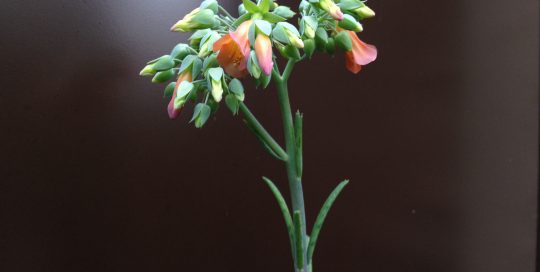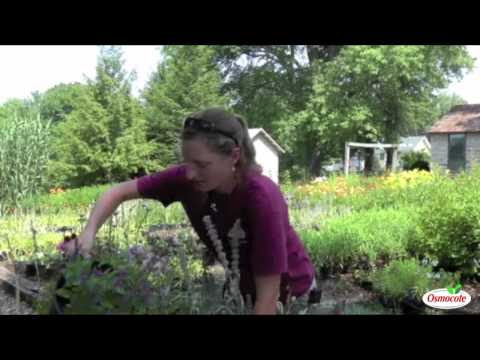Is It Time to Repot Your Houseplant?
Views: 3941

I have a confession to make. Many of my houseplants have never come out of the plastic pots they came in. I just never repot them.
Others made it into nice decorative pots, but many of these plants outgrew their containers long ago and now they seem to be consuming the potting soil in an attempt for more space. (I don’t think plants can actually consume soil, but I also have no idea where several inches of soil have gone in some of these containers.)
Repotting these plants has been on my to-do list for years (yes, I mean years), and the guilt of neglecting this task has finally reached a level strong enough to motivate me to cross it off the list. Maybe I’ll even dust them.
When to Repot Plants
Spring is the perfect time of year to repot plants because they’re starting to actively grow again and their roots will be seeking new territory. Most plants can be repotted anytime, but to help avoid rot issues associated with soggy soil sitting around dormant roots, it’s better to perform this task during active growth phases in spring and summer.
Obvious signs that a plant needs repotting include roots showing on the surface of the soil or coming out of the bottom of the pot. Other signs include slow growth, soil that dries out quickly, or maybe the plant just looks top-heavy, or like it’s about ready to burst out of the pot.
Or maybe you’re like me and know that plant has been in the same pot for well over seven years.
Choosing a Container
Choose a container that is about two inches wider and deeper than the pot the plant is currently in, and make sure it has one or more drainage holes in the bottom. If you’re purchasing a new container, make sure to also grab a coordinating saucer to place under it to catch any extra water. For those of us on a budget, yard sales are a great way to find cheap containers. In the fall, keep an eye out at nurseries and stores for discounted containers.
How to Repot a Houseplant
To repot your plant, remove it from its old container by tilting it and gently pulling on the stems. If it won’t budge, tap the sides or run a flat knife around the edges to loosen the soil. Add enough new potting soil to the new container so the plant will sit about an inch below the rim and lightly firm soil around the sides of the root ball, just until there is a dusting of new soil on top of the old.
Water and add more soil if this causes it to settle below the top of the root ball.
Last but not least, don’t feel bad if you don’t get around to repotting your plants. They’ll survive, and there’s always next year.
Meet Abbi Hayes
Abbi's Recent Posts

Kalanchoe delagoensis: Mother of Millions







